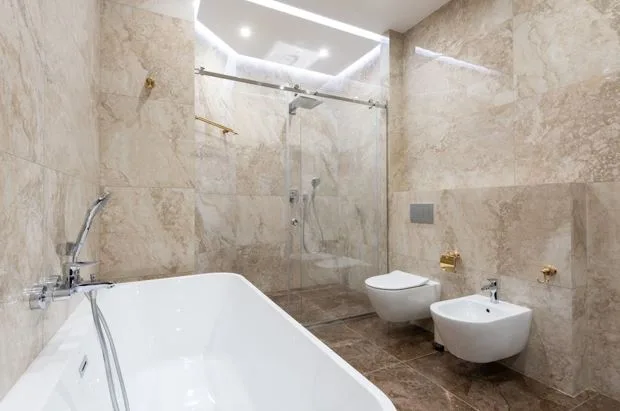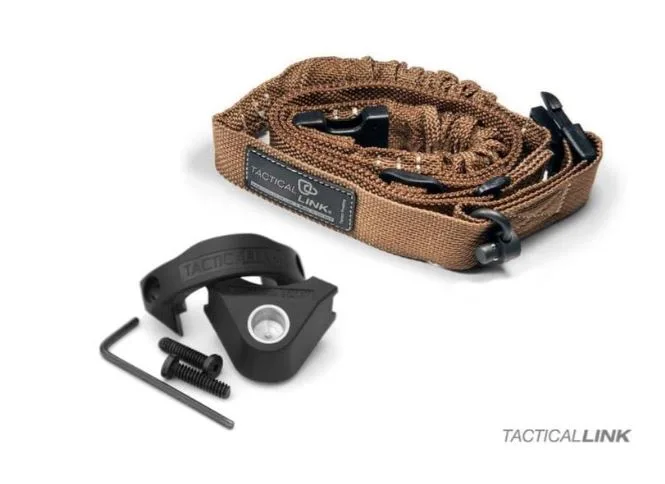Preventative Plumbing Tips to Protect Your Home Investment
Have you ever dealt with a sudden leak or a burst pipe and thought, “I wish I had caught this earlier”? Plumbing issues can sneak up on you, leading to expensive repairs and even damage to your home. Since your home is likely one of your biggest investments, it’s important to protect it from problems that are completely avoidable. The good news is, with a little care and attention, you can stop most plumbing disasters before they happen.
In this blog, we will share preventative plumbing tips to help protect your home investment.
Inspect Pipes and Faucets Regularly
Routine inspections are one of the simplest and most effective ways to prevent plumbing issues. Check all visible pipes, under sinks, around appliances, and in your basement or crawlspace for signs of leaks, rust, or corrosion. These issues often start small and go unnoticed until they create significant damage. Look for puddles, water stains, or unusual smells, which may indicate a slow leak. Catching these signs early can save you from costly repairs.
In addition to pipes, inspect your faucets and fixtures. Dripping faucets may seem like a small nuisance, but they waste water and signal deeper issues. Tighten loose parts or replace washers as needed. When everything is in working order, you’ll avoid unnecessary water waste and lower your utility bill. Regular checks help you stay ahead of potential problems, which is essential in maintaining your home’s plumbing system.
Take Care of Your Drains
Your home’s drains quietly carry away wastewater every day. But when they get blocked, problems can follow fast. To keep your drains working smoothly, avoid pouring grease, oil, or coffee grounds down the kitchen sink. In the bathroom, use drain screens to catch hair and soap scum. These small habits make a big difference in preventing clogs and backups. Understanding how to prevent drain clogs is key to maintaining your plumbing system and keeping things flowing without interruption.
Clean your drains regularly using simple solutions like a mix of baking soda and vinegar, followed by hot water. Skip harsh chemicals, as they can damage your pipes over time. If you notice slow drainage, take action quickly. Waiting too long can lead to full blockages that are harder to fix. Paying attention to what goes down your drains and giving them occasional cleaning helps you avoid bigger problems in the future.
Watch Your Water Pressure
High water pressure might feel great during a shower, but it can be rough on your pipes. When the pressure is too strong, it stresses your plumbing system and increases the risk of leaks or bursts. A healthy water pressure range for most homes is between 40 and 60 psi. You can check your pressure using a simple gauge that attaches to a hose spigot. If it’s too high, install a pressure regulator to bring it down to a safe level.
Low pressure, on the other hand, could mean there’s a leak or blockage somewhere. If you notice a sudden drop, don’t ignore it. Check for visible leaks or listen for the sound of running water when nothing is on. Consistent water pressure not only keeps your plumbing system healthy but also makes using your water fixtures more pleasant. Keeping an eye on pressure now saves you from big problems later.
Know Where Your Shut-Off Valve Is
When a pipe bursts or a fixture leaks, knowing where your main water shut-off valve is can make all the difference. This valve stops water from flowing into your house, helping you avoid water damage until repairs are made. In many homes, the shut-off valve is located in the basement, garage, or where the water line enters the home. Everyone in your household should know how to find and use it.
Practice turning the valve off and on a few times a year to keep it from getting stuck. If it’s old or corroded, consider replacing it. Also, label it clearly so it’s easy to find in an emergency. Quick action during a plumbing emergency can prevent water from soaking your floors, walls, and furniture. A few seconds of preparation could save you thousands of dollars in repair costs.
Flush Your Water Heater
Your water heater works hard every day, and over time, minerals from the water can build up inside the tank. This sediment reduces your heater’s efficiency and shortens its life. Flushing your water heater once a year removes the buildup and helps the unit run better. It also heats water more quickly and lowers energy use, which saves you money.
To flush it, turn off the power or gas supply and connect a hose to the drain valve at the bottom of the tank. Let the water flow out until it runs clear. If you’re unsure about doing this yourself, a plumber can help. Regular maintenance keeps your water heater reliable and extends its life, which is good for your home and your wallet.
Insulate Exposed Pipes
When winter hits, frozen pipes become a serious risk. Pipes in unheated spaces like basements, garages, and crawl spaces are especially vulnerable. When water freezes inside a pipe, it expands and can cause the pipe to burst, leading to major water damage. Insulating exposed pipes with foam covers is a simple and affordable way to protect them.
Focus on pipes near exterior walls and those in unheated areas. In extremely cold weather, open cabinet doors under sinks and let faucets drip to keep water moving. These small steps reduce the chance of freezing. Insulating pipes also helps hot water reach your fixtures faster, which can lower energy use. Taking action before cold weather hits can spare you a lot of stress and expense.
In conclusion, taking care of your plumbing system doesn’t have to be difficult or expensive. It just requires a little attention and some basic steps. When you stay on top of small tasks, you avoid bigger problems that can damage your home and cost a lot to fix. Being proactive with your plumbing gives you confidence that your home is protected. These habits don’t take much time but can make a big difference. Think of it as part of being a responsible homeowner who values their investment and their peace of mind.






